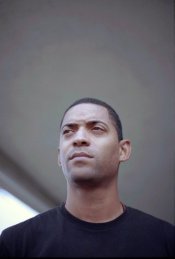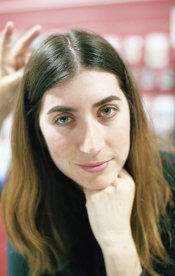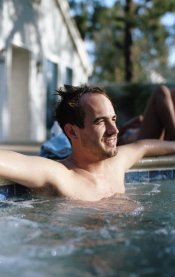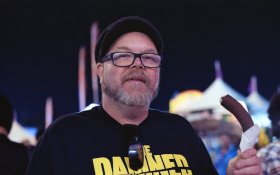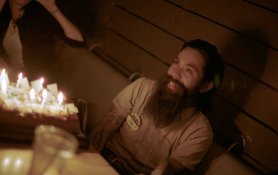Within a given line of lenses, Pentax, Olympus, Leitz, whatever, and a given time period (e.g. 1980's), are the slower lenses better overall compared to the faster ones?
For example, would a 35/3.5 be better in terms of resolution and aberrations than a 35/1.8, generally speaking?
Or is there too much variation that no general conclusion can be made?
It seems there is a belief that with the slower lens, it's easier to make optical corrections.
Yet, as a counter-example, I've heard the Minolta 50/1.4 AF is noticeably better than the 1.7 version. I heard all this after I passed up the 1.4 for the 1.7 -- I doubt I'd ever really see a difference.
Taking this to 1.2 lenses in general, I think there's a belief that even from f/2 - f/8 they're not as good as their slower counterparts.
What say you?












